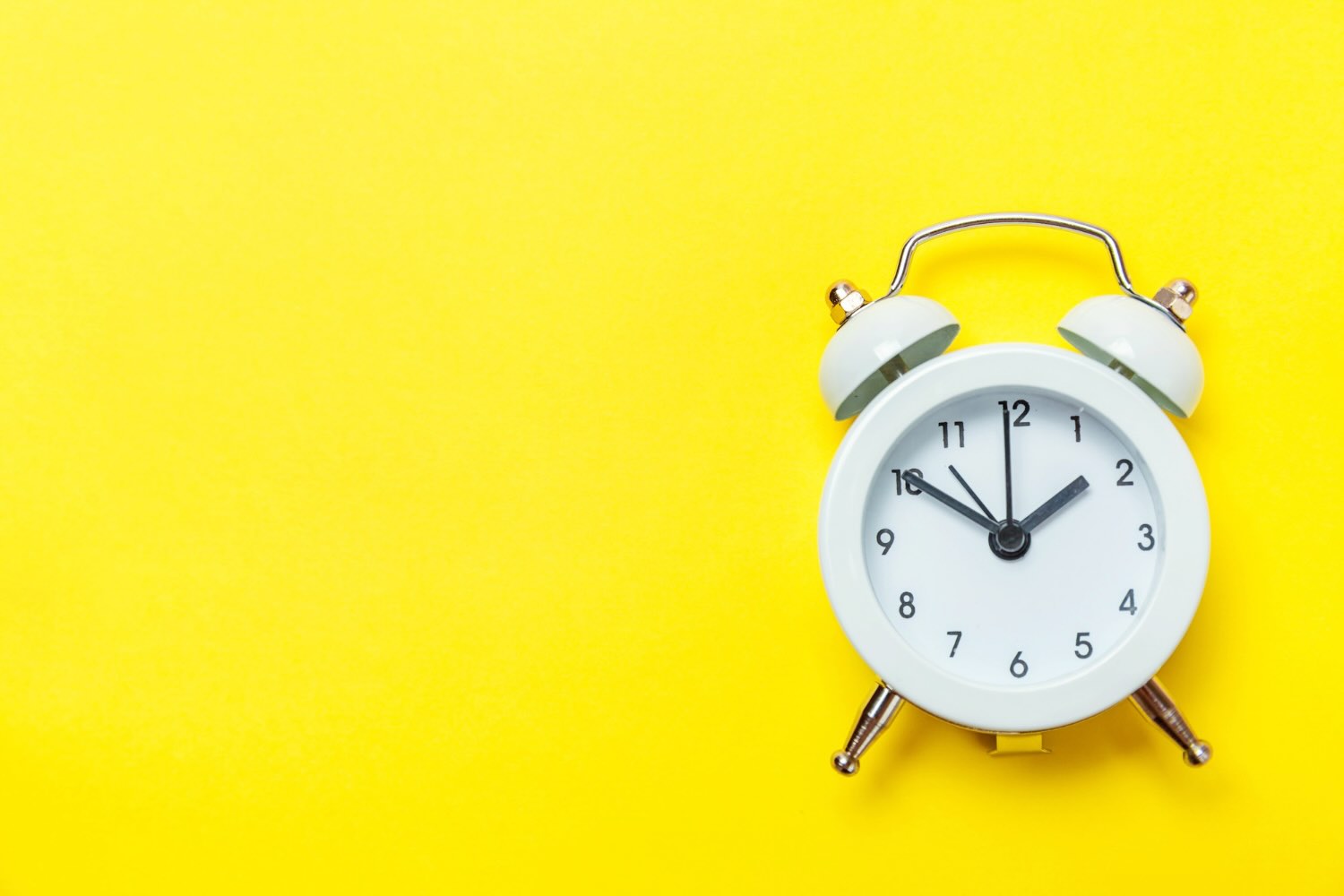The clocks are rolling back again—and yeah, it sounds like no big deal. An extra hour of sleep, right? But anyone who’s lived through the switch knows it doesn’t always feel like a win. The end of Daylight Saving Time throws off your sleep, messes with your energy, and even makes evenings feel way shorter.
On Sunday, November 2, 2025, at exactly 2:00 a.m., the U.S. goes back to Standard Time. Phones, laptops, and smart devices usually auto-adjust. But don’t forget your oven, microwave, or that old wall clock—they’re on their own. Pro tip: flip everything back before bed Saturday night and skip the Sunday morning confusion.
Why This One Hour Hits Harder Than You’d Think
Sure, you’ll wake up to brighter mornings for a while, but the flip side is brutal—early sunsets. Your commute, your run, even grocery shopping suddenly happens in the dark.
That single hour shift can trigger:
-
Brain fog and sluggish mornings
-
Mood swings or feeling extra irritable
-
Trouble falling asleep or staying asleep
-
Seasonal blues (SAD), especially up north
Even though “fall back” is easier than springing forward, your body doesn’t reset instantly. That extra hour throws your sleep rhythm off more than you realize.
Sleep Tips to Beat the Slump
Want to cruise through the switch without feeling wrecked? Start prepping a few days early:
-
Go to bed 15–20 minutes earlier leading up to the change
-
Keep wake-up times consistent, even on weekends
-
Get some morning sunlight—it helps reset your body clock
-
Cut back on screens an hour before bed
-
Skip late caffeine or heavy dinners
-
Take short power naps (under 20 minutes) if you crash during the day
Safety Matters More Than You Think
This isn’t just about sleep. The darker evenings right after the switch mean more accidents. Drivers can’t see as well, and pedestrians are at higher risk.
Stay safe by:
-
Wearing reflective gear if you walk or bike at night
-
Running errands before it gets dark
-
Staying alert for kids or walkers on the road
And here’s a classic PSA: when the clocks change, check your smoke detectors and swap batteries in your alarms. A five-minute chore could literally save your life.
Not Every State Plays Along
Arizona (except the Navajo Nation) and Hawaii don’t do Daylight Saving Time. U.S. territories like Puerto Rico, Guam, and the Virgin Islands skip it too.
In 2022, the Senate passed the Sunshine Protection Act to make DST permanent—but it never became law. Some folks want permanent daylight evenings. Others argue that dark winter mornings are a nightmare for kids, workers, and health. For now, the clock flip lives on.
Quick Tips for a Smooth Weekend
Here’s your cheat sheet for Saturday night:
| Task | Why It Helps |
|---|---|
| Set clocks back 1 hour | Avoids confusion on Sunday morning |
| Check smoke detector batteries | Keeps your home safe |
| Adjust bedtime slightly early | Helps your body adapt easier |
| Open curtains in the morning | Natural light = natural energy |
| Avoid screens before bed | Supports better sleep quality |
FAQs About Daylight Saving Time
When does Daylight Saving Time end in 2025?
It ends on Sunday, November 2, 2025, at 2:00 a.m.
Do all clocks change automatically?
Most smart devices adjust on their own, but manual clocks (microwaves, ovens, wall clocks) need to be reset.
Does the time change affect sleep?
Yes—fatigue, irritability, and disrupted sleep are common right after the switch.
Which states don’t follow Daylight Saving Time?
Arizona (except the Navajo Nation) and Hawaii skip DST. Puerto Rico and other U.S. territories also don’t observe it.
What’s the best way to adjust quickly?
Ease into it—go to bed earlier, get morning sunlight, and stay consistent with wake-up times.
